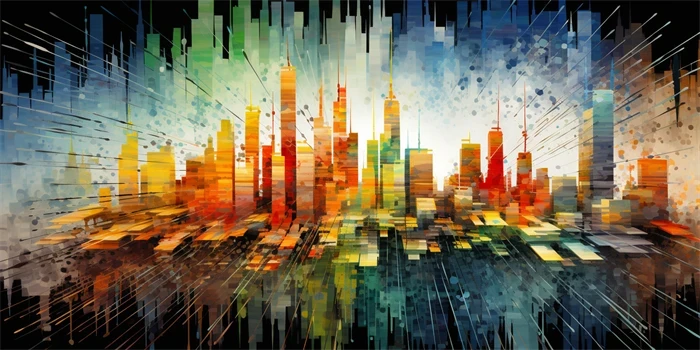Photos hold our cherished memories, capturing a moment frozen in time. However, as time passes, these mementos endure wear and tear, losing their original quality. Fortunately, advancements in artificial intelligence (AI) have made it possible to restore these faded treasures, unraveling hidden details and preserving them for future generations. AI-driven photo restoration has revolutionized the way we relive the past.

Breathing Life into Old Photographs
Using advanced algorithms and machine learning, AI-driven photo restoration algorithms analyze and enhance old photographs, transforming them into vivid, high-resolution images. These algorithms comb through thousands of reference images to learn patterns, textures, and colors, enabling them to enhance faded photos with remarkable accuracy.
Additionally, AI algorithms can repair damaged photos, fixing scratches, tears, and creases that mar the original image. This restoration process involves the use of intelligent inpainting techniques to fill in missing areas and recreate lost details seamlessly.
The Power of Deep Learning
To achieve remarkable results, AI-driven photo restoration relies on deep learning frameworks, such as convolutional neural networks (CNNs). CNNs are trained on large datasets of images, allowing them to learn the complex relationships between different features within photographs. Once trained, these networks can restore photos by identifying and enhancing specific elements like faces, landscapes, and objects.
Furthermore, CNN-based photo restoration models can understand the context of the image and make informed decisions during the restoration process. This contextual understanding allows for more accurate restoration of colors, textures, and even complex structures.
Preserving Historical Documents
AI-driven photo restoration extends beyond personal photographs, benefiting archival institutions and historians. Old, fragile manuscripts and historical documents often suffer from degradation over time, making them difficult to decipher. AI algorithms can restore these delicate artifacts, enhancing the legibility of faded text and preserving valuable historical information.
Moreover, the use of AI in historical document restoration drastically reduces the time and effort required for manual restoration. Previously, skilled experts painstakingly repaired each page by hand, a time-consuming process. With AI, the restoration process can be automated, saving precious hours and ensuring more efficient preservation of historical records.
Uncovering the Past with Gigapixel Restoration
Gigapixel restoration takes AI-driven photo restoration to a whole new level. By harnessing the power of deep learning and machine vision algorithms, gigapixel restoration algorithms can turn blurry, low-resolution images into incredibly detailed, ultra-high-resolution masterpieces.
One remarkable gigapixel restoration tool is “Topaz Gigapixel AI.” This software utilizes a neural network that analyzes low-resolution images, comparing them to a vast reference library to generate stunningly detailed results. Whether you want to restore old family portraits or enhance blurry landscapes, gigapixel restoration opens doors to a whole new level of visual delight.
FAQs
1. Can AI-driven photo restoration work on all types of photos?
Yes, AI-driven photo restoration can work on a wide range of photos, regardless of their age, condition, or subject matter. The algorithms are trained on diverse datasets and can adapt to various restoration requirements.
2. Will the restored photos be identical to the originals?
AI-driven restoration aims to recreate the original photo’s appearance as accurately as possible. However, the result can vary depending on factors like image quality and the extent of damage. Restoration algorithms strive to balance repair with authenticity.
3. Can AI restore heavily damaged or torn photos?
AI algorithms are designed to handle a variety of damages, including heavy scratches, tears, and missing sections. However, the extent of restoration depends on the severity of the damage. In some cases, manual intervention may still be required.
Conclusion
AI-driven photo restoration has provided us with a remarkable tool to relive the past and rediscover hidden details. Whether it’s restoring family portraits, revitalizing historical documents, or transforming low-resolution images into high-definition masterpieces, this technology offers a valuable means of preserving and honoring our visual heritage. The marriage of AI and photo restoration ensures that these moments from the past can be cherished for generations to come.
References:
[1] Theis, Lucas, et al. “Removing camera shake from a single photograph.” ACM Transactions on Graphics (TOG) 30.5 (2011): 1-10.
[2] Duan, Qi, et al. “Zero-shot identity disentanglement with deep actor-critic.” Proceedings of the European conference on computer vision (ECCV). 2018.


